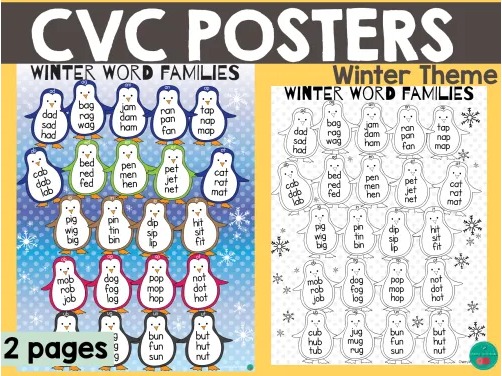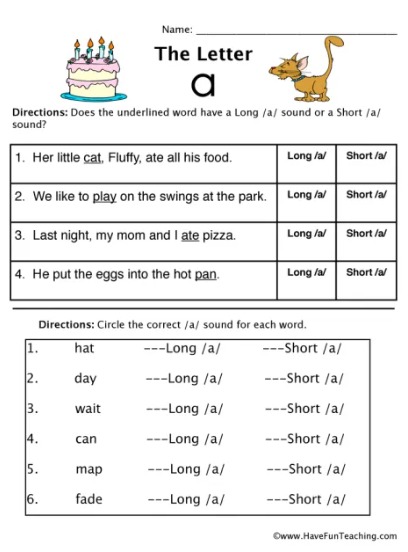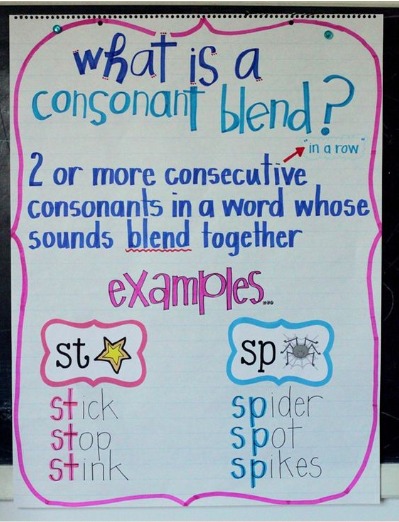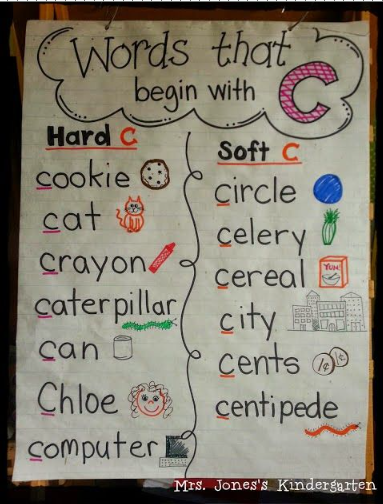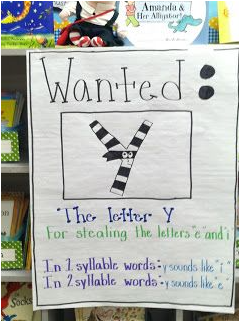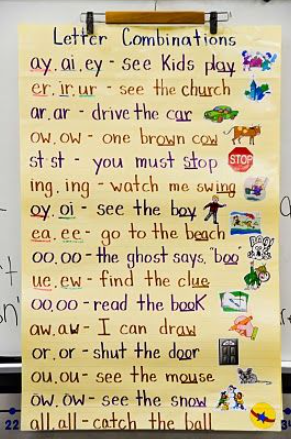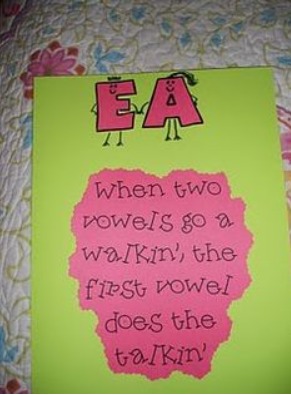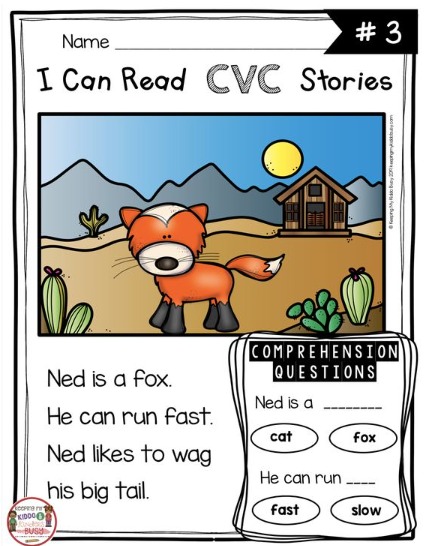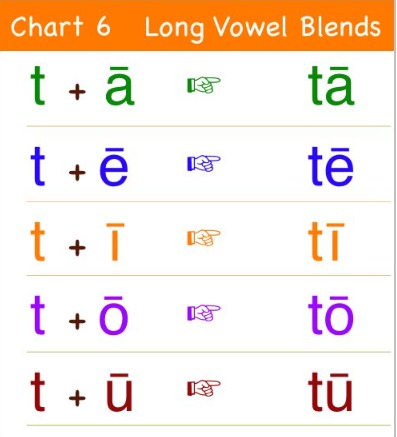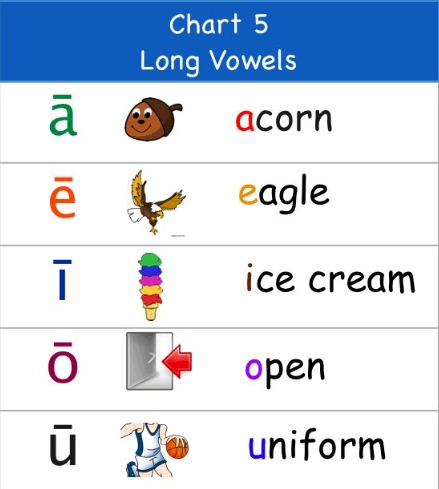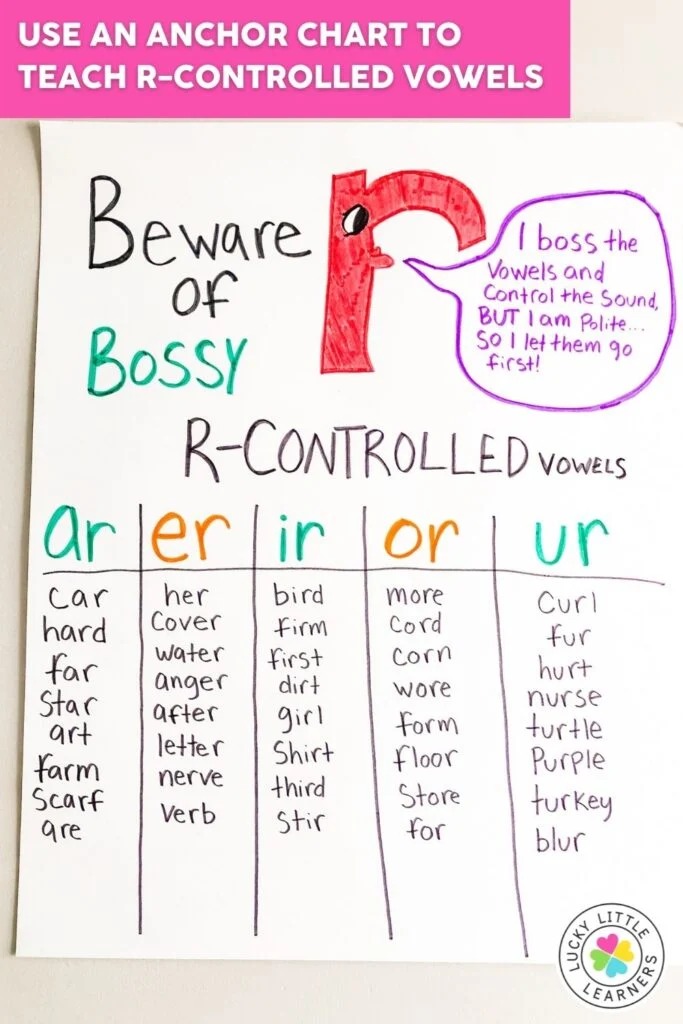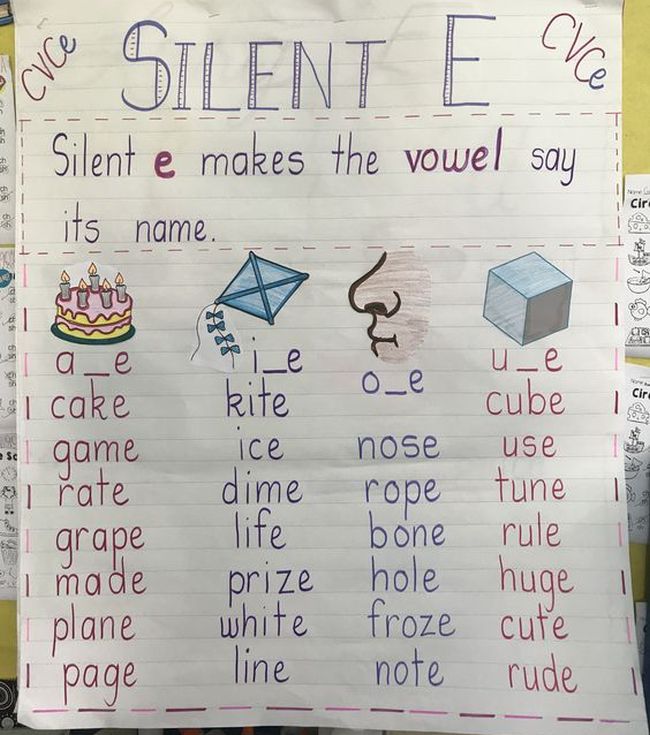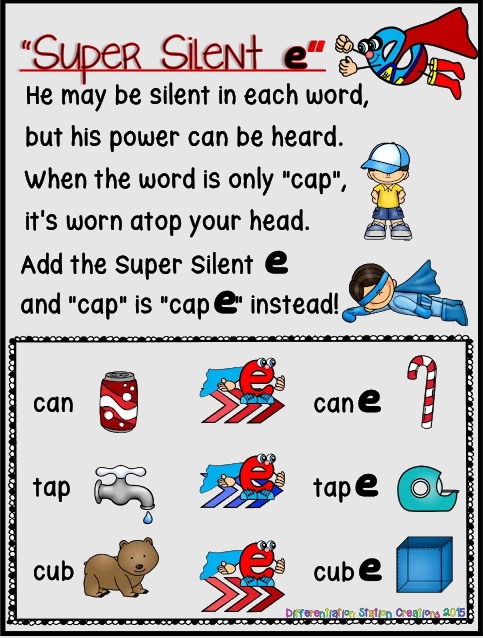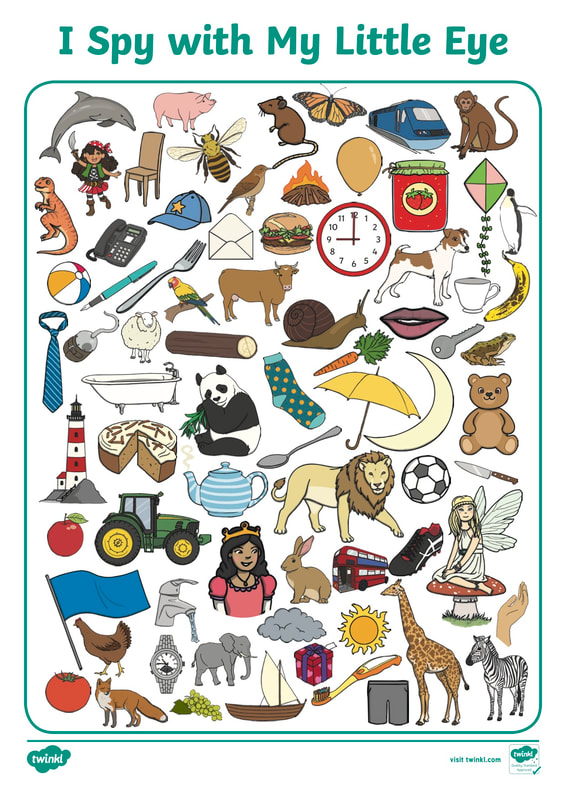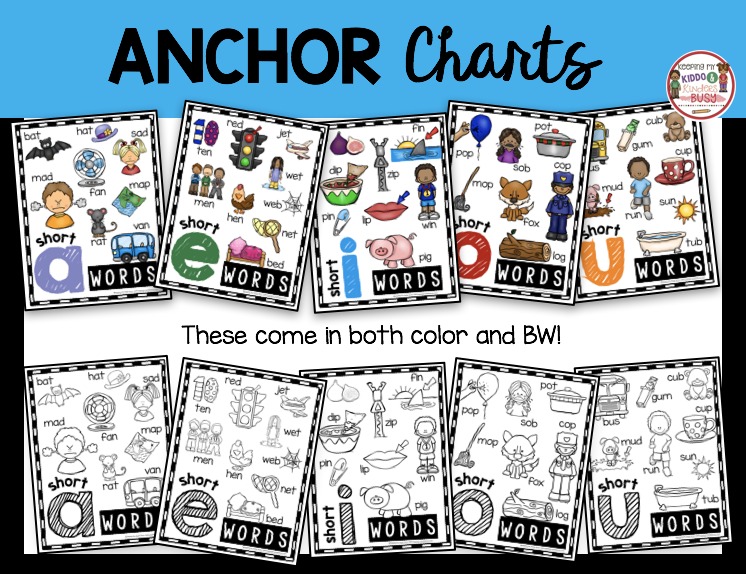Whether it’s the influence of the ‘r’ on the ‘a’ in ‘chart’, or the way the silent ‘e’ changes a short vowel sound to a long one, learning phonics is one of the fundamentals of reading and language acquisition. Anchor charts are a great way to isolate different phonemes while helping the students to put everything together in their reading.
In this post, you will learn what goes into a good anchor chart and some ideas about how to use these teaching aids. I’ve also put together a list of 21 useful phonics anchor charts you can use or adapt for your own classroom.
Table of Contents
- Elements of a good phonics anchor chart
- Different ways of teaching with phonics anchor charts
- Resources from TeachSimple
- Resources from other teachers
- Other Phonic Anchor Chart resources
- Final thoughts on phonics anchor charts
Elements of a good phonics anchor chart
A good phonics anchor chart will:
- Isolate the one sound that is being taught. (This may be something like a long ‘a’, or a particular diphthong.)
- Have a ‘hook’ or idea that will grab the students’ attention. (This can be something creative, such as turning a silent letter into a superhero, or using a cartoon technique to show how blends are formed.)
- Be mostly uncluttered. (Learning a new sound can be quite intense for students, so the chart should present the point and the examples clearly without any distractions.)
- Use fonts and colors carefully to point to the different aspects of the sound being taught. (Students are used to encountering colors and fonts in everyday life. This can be used as a technique to draw their attention to different aspects of a phonics anchor chart.)
- Offer the opportunity to use the content of the chart with related worksheets. (Particularly with phonics, students need to be involved in an interactive process.)
Different ways of teaching with phonics anchor charts
If you take just one of the elements of phonics, you’ll find there are different ways of teaching it using anchor charts.
Silent ‘e’
Learning the silent ‘e’ and how it affects the pronunciation of words in English is fundamental to learning to read.
One of the example anchor charts in this post takes the idea of a superhero and turns the ‘e’ into ‘super silent e’. It is a superhero that has the power to change the sound of a vowel in a short word.
(So: in the word ‘car’, super silent e can change the sound of the ‘a’ when it is added to the end of the word.)
Another example chart gives the silent ‘e’ power too, but makes it more specific. The catch phrase is that the ‘e’ can make a vowel say its name.
(So: in the word ‘kit’, adding the silent ‘e’ to the end makes the ‘I’ sound like its own name.)
You will need to work with specific examples in relation to any anchor chart you work with.
You can also look at the silent ‘e’ as being a secret agent. It sneaks in and changes things, so that there could be confusion. The students, then, are the ‘good guys’, who can decode the changes the secret agent has made and understand the messages.
Resources from TeachSimple
- Long A CVCE Words Phonics Packet By Simply Schoolgirl



This resource focuses on the long ‘A’ sounds that follow a CVCe pattern. It consists of anchor charts, a flipchart, flashcards and worksheets. It is aimed at kindergarten to grade 2, but anyone learning to read can use it. The activities all focus on CVCE words. There is enough content for about a week of work, depending on the level of your students.
- Beginning Digraph: KN- Activity Packet By Simply Schoolgirl



The focus of this resource is on the KN- beginning diagraph. The anchor chart is part of a whole package that also features a flipchart, flashcards and worksheets. The idea is for the students to engage actively with the material as they learn the sound.
- Ending Digraph: -CK Activity Packet By Simply Schoolgirl



You can teach your early readers to master the ‘-ck’ ending diagraph with this resource. This is aimed at any student learning to read. In the classroom, this usually translates into kindergarten to grade 2. Students can interact with the worksheets based on the flashcards and anchor charts.
- Digraph PH Consonant Sound Activity Packet And Worksheets By KP Classroom



This resource switches from the ending diagraphs, to the beginning diagraph ‘ph-‘. The anchor charts work well with the flashcards and worksheets. These aids will help you to guide them through learning and practicing the ‘ph-‘ diagraph.
- Diphthong OO EW Vowel Sounds Activity Packet And Worksheets By KP Classroom



This pack focuses on the Diphthongs: ‘oo’ and’ew’. As you can see, there is a whole lot more to this resource than just anchor charts. It is a set of linked and valuable worksheets, charts and flashcards. All of these can be used in relation to each other, and even on their own, to learn and practice the diphthongs.
- Resource 6 Winter CVC Posters By Cherry Workshop
The two anchor charts in this set look at winter word families. The anchor charts have great appeal for students, with the cute little penguins. You can use either version as a reference or revision during reading activities.
- Short And Long Vowel A Worksheet By Have Fun Teaching
This resource is about the letter ‘a’. It is presented as a worksheet, but could easily be adapted into an anchor chart. The information and examples that are given are a useful reference. Students can work from worksheets developed from this, if you turn it into an anchor chart.
- Explaining Consonant Blends From We Are Teachers
This anchor chart answers the question: What is a consonant blend? I suggest that this is an anchor chart you could build with the students. Begin with the concept of a blend, then work on the different examples. You can use the layout, fonts and colors to keep the appearance similar between different charts.
Resources from other teachers
- Words Begin With C From Mrs. Jones’s Class
The difference between the soft and hard ‘c’ is the focus of this chart. It combines the words and images, which gives the students something to hold on to when they learn the differences between the words. The font looks like it was taken from a students’ notebook, which is also something familiar to the students.
- The Bandit ‘Y’ By Life In First Grade
This is quite a fun anchor chart, with the focus on the letter ‘y’. Children learn well from stories. Turning the ‘y’ into a character in a crime story helps the students to relate to it. The idea of ‘y’ stealing (replacing) other letters is a narrative the students could play with.
- Letter Combinations And Blends Chart From Mallon Messages Blogspot
This is a comprehensive anchor chart presenting the Letter Combinations. The resource is relatively busy, but it is a great revision reference chart. You can take the idea of the way the individual sounds are presented and create your own anchor charts for each sound. These will all lead up to this comprehensive chart.
- Helper Vowels /eA/ By Life In First Grade
This anchor chart uses an unusual approach to the diphthong ‘ea’. The note of intrigue and fun in the chart will grab the students’ attention. This is a great introductory chart to teach the combination ‘ea’.
- I Can Read CVC Stories From Keeping My Kiddo Busy
This anchor chart will help you teach stories with CVC words. It is the story in this anchor chart that makes it valuable. Students are asked to answer very simple questions about the story. This makes the anchor chart useful for teaching comprehension.
- Long Bowel Blends From Srimannarayan
This anchor chart gives details of long vowel blends. You will need to teach the students the code that the anchor chart uses to indicate the long sounds. This is the perfect anchor chart for working through the sounds with the students. They can fill in their own worksheets from this resource.
- Long Vowels From Weebly
This anchor chart focuses on the long vowel sounds. It uses the same visual code as the previous anchor chart, so you can work with them together. The illustrations give the students a visual cue that reinforces the sound they are learning in context.
- R Controlled Vowels From Lucky Little Learners
This anchor chart is about R-controlled-vowels. Turning the ‘r’ into a character will make it appeal to the students. It makes learning about the relevant vowels a form of treasure hunt they can go on, as they learn to read the sounds.
Other Phonic Anchor Chart resources
- Silent E Anchor Charts By A Teachable Teacher
This is an anchor chart about the Silent E. What I find really appealing about this anchor chart is the appearance of it being taken out of a student’s workbook. The use of visuals for the first word in each list is useful. If you make your own chart, you could provide a picture for each word, to make the link stronger for your students.
- “Super” Silent E By A Teachable Teacher
This is a much more formal, and exciting, chart about ‘Super Silent e’. The concept of ‘e’ being a superhero will appeal to the students. The examples and drawings are simple and illustrate the point clearly. You can use this chart as an introduction to the idea of the silent ‘e’, or as a reference when students work on examples.
- I Spy With My Little Eye From Ogmore Vale Primary
This anchor chart is based on a game to teach initial sounds. This is a great fun activity for the students. It will engage them on a few levels. The picture section does present a lot of detail, which you may need to water down for younger grades. However, the busyness will also attract the students’ attention and encourage them to focus on the initial sounds, as they look for the pictures.
- Bossy R By Krafty Teacher
This is a comprehensive anchor chart that focuses on the rule of ‘r’ in specific sounds. The chart uses images, words and sounds in different colors and size fonts. There is a lot of information on the chart, but it is also focused and makes the chart a valuable resource and reference.
- CVC Words & Word Families From Keeping My Kiddo Busy
This resource offers a set of anchor charts for teaching the short vowel sounds. Each anchor chart focuses on one vowel. The combination of pictures and words is effective. The anchor charts are available in color and black and white. The students can use the color option as a reference for coloring in their own monochrome charts, thereby focusing on the pictures, words and sounds.
Final thoughts on phonics anchor charts
Phonics is simultaneously a very broad and a very specific part of English and reading. This makes the use of anchor charts so important in teaching it. Each anchor chart presents and exemplifies just one phonic sound, blend or rule. They can all be used in relation to each other. Each chart needs to be developed with accompanying worksheets so that students can practice what the chart is teaching them. It is quite easy to produce your own phonics anchor charts, particularly if you have good examples to work from. You can also access useful charts from TeachSimple, from which you can teach.

